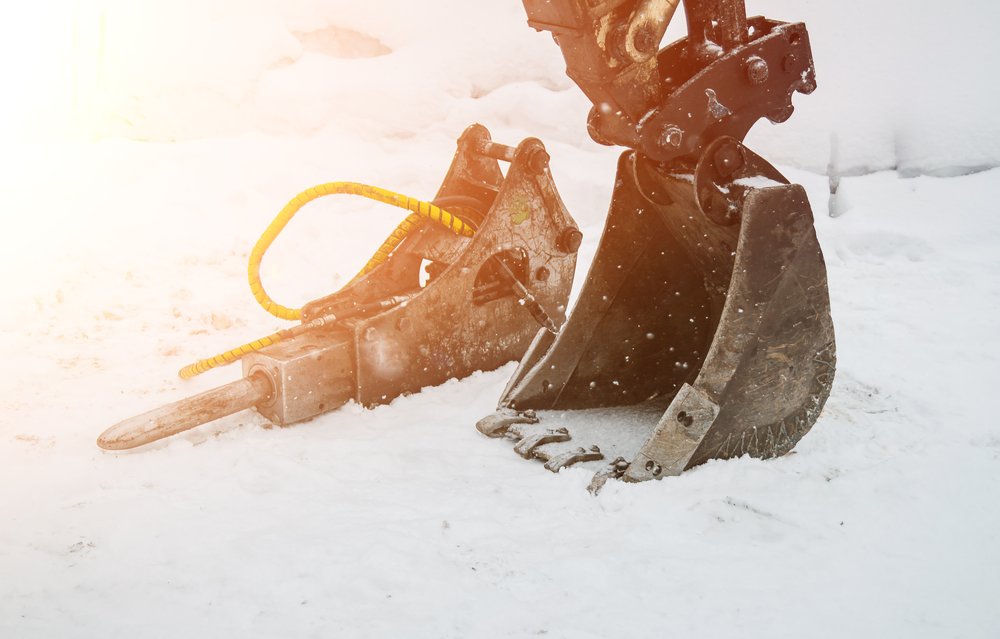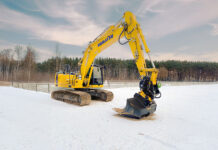
THE director of Herts Tools Company has urged construction professionals to take the correct steps to make sure their equipment is protected during the UK’s cold snap.
Answering a series of questions relating to operating plant during cold weather, Stefano Lobban, director of the plant hire firm, gave a number of tips to professionals on how they can best protect their equipment this winter.
How often should you be carrying out machinery and equipment maintenance in the Winter?
Potential damage comes from many angles in the winter: low temperatures, ice, gale-force winds, incessant rain. So it’s wise to conduct inspections on your machines and equipment before the worst of the weather hits, making sure anything that needs a service has a service.
Basic daily checks can unearth issues, particularly when carried out by machine operators. It’s especially important to examine equipment after heavy use, when cleaning should also be a priority. Stubborn mud and debris can affect performance and lead to longer term problems.
Which machinery could be impacted most?
Excavators, grapplers, and bulldozers will come into contact with plentiful dirt, resulting in greater cleaning demands. These machines – as well as other heavy plant equipment like telehandlers and cherry pickers – often need the highest levels of winter maintenance and care.
If you can, it’s best to keep heavy plant equipment under shelter, ideally heated. If that’s not possible, maintaining dry conditions – even with a tarpaulin – is a must.
The user manual will also come in useful when thinking about oil, which can thicken in the cold and affect machinery joints. When replacing fluids like oil, make certain to leave some space for expansion, particularly for diesel exhaust fluid, which can freeze at low temperatures.
It’s generally best to switch to synthetic oil for engines, transmissions and hydraulics before winter arrives.
Working safely on a construction site in the Winter
The leading causes of death on construction sites are falls from height, handling electricity and being trapped by something that’s collapsed. Our ‘Accidents in the construction industry: report’ revealed that 33% of non-fatal accidents involve falls from height. A similar number (31%) come from trips, slips and falls at the same height. While 14% of accident victims are struck by a moving object.
The best way to avoid accidents is to take winter conditions into consideration and slow down, particularly if operating heavy plant equipment. Reduced visibility (from fog, heavy rain or snow) can make accidents much more likely, especially when operating excavators and other vehicles with already reduced visibility. And if a vehicle doesn’t start immediately and a jump start is needed, the best way to avoid potential damage is having an experienced operator carry it out.










